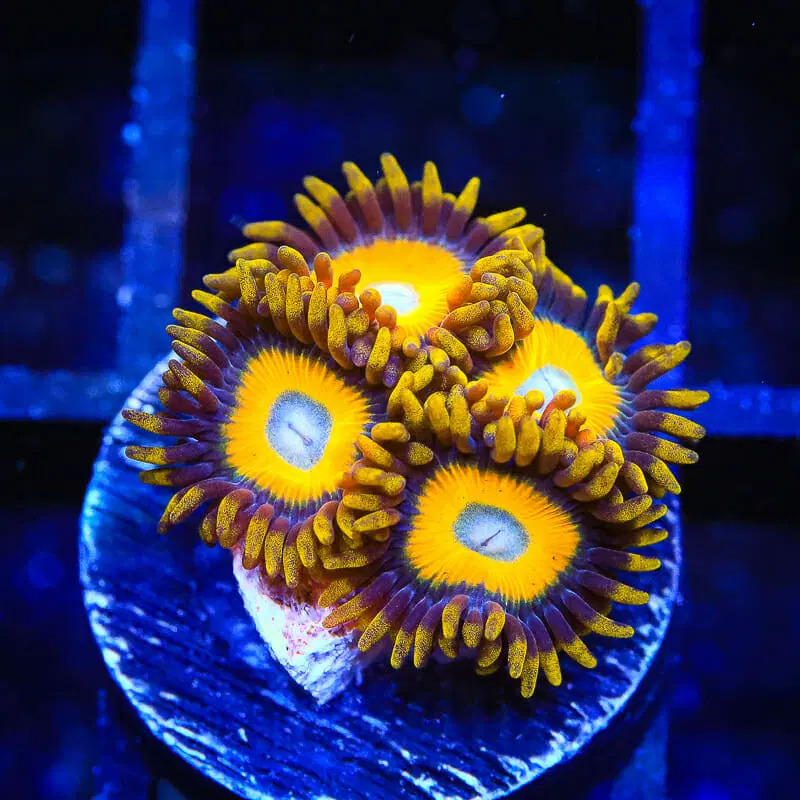
Another Cautionary Tale About Zoanthids [Graphic Warning] | Reef Builders | The Reef and Saltwater Aquarium Blog
Hi, my name is Taï from Paris, I’ve been in the hobby for more than 10 years now and I wanted to share with you a scary and dangerous experience regarding my reef tank. I used to collect zoanthids to…
reefbuilders.com
